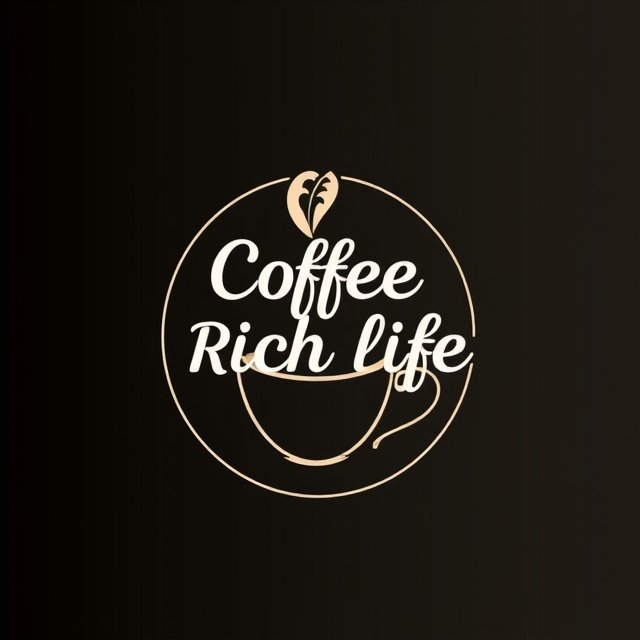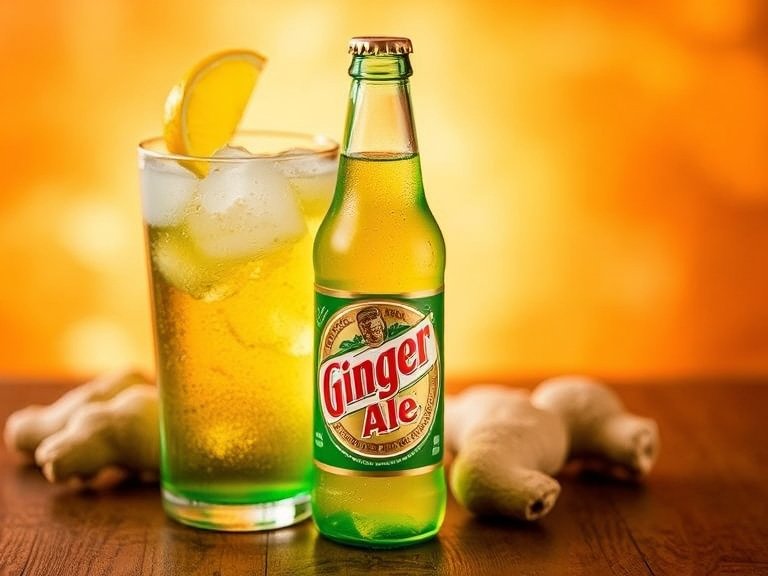Ginger ale has become a beloved beverage worldwide, known for its refreshing taste and potential health benefits. This comprehensive guide will explore everything you need to know about ginger ale and its caffeine content.
Understanding Ginger Ale’s Popularity
Ginger ale’s market is booming, with projections reaching USD 4,744.6 million by 2032. The United States leads consumption with a 32.7% market share, showing the beverage’s significant popularity.
People choose ginger ale for its unique sweet-spicy flavor profile and perceived health benefits, particularly for digestive issues.
The Caffeine Question Answered
Most ginger ale brands are naturally caffeine-free. Popular brands like Canada Dry, Schweppes, Vernors, and Seagram contain no caffeine.
However, it’s essential to check labels carefully, as some specialty or artisanal varieties might include caffeine or caffeine-containing ingredients like guarana.
Essential Ingredients in Ginger Ale

The basic composition of ginger ale includes:
- Natural ginger or ginger extract for distinctive flavor
- Carbonated water for effervescence
- Sweeteners (cane sugar, corn syrup, or artificial alternatives)
- Acidifiers for tartness balance
- Natural or artificial flavorings
- Preservatives for shelf stability
- Optional colorings for visual appeal
Nutritional Profile
A typical 12 fl oz serving of ginger ale contains:
Natural ginger root contains beneficial compounds that may help with:
- 124 calories
- 0 grams of fat
- 32 grams carbohydrates
- 33 grams sugar
- 26 mg sodium
- 0 mg caffeine
Ginger Ale Varieties in the Market
Golden Ginger Ale
Traditional golden ginger ale offers a sweeter, mellower taste with a characteristic amber color. Brands like Canada Dry and Schweppes dominate this category.
Dry Ginger Ale
Also known as pale ginger ale, this variant provides a sharper, more pronounced ginger flavor with increased carbonation. Premium brands like Q Ginger Ale and Fever-Tree specialize in this style.
Diet Ginger Ale
These versions substitute artificial sweeteners for sugar, catering to calorie-conscious consumers while maintaining the classic ginger ale taste.
Artisanal Ginger Ale
Craft producers like Bruce Cost and Reed create small-batch ginger ales using natural ingredients and traditional methods, often resulting in more intense flavor profiles.
Alternative Beverages and Their Caffeine Content

When seeking alternatives to ginger ale, consider these options:
- Root Beer: Most varieties are caffeine-free, except for Barq’s (22.5 mg per 12 oz)
- Cream Soda: Generally caffeine-free
- Sparkling Apple Cider: Naturally caffeine-free
- Lemon-Lime Sodas: Usually contain no caffeine
- Mountain Dew: Contains 54 mg caffeine per 12 oz
Health Considerations
While ginger ale is caffeine-free, consumers should consider:
- Sugar content and caloric intake
- Carbonation effects on sensitive digestive systems
- Individual sensitivity to ginger
- Potential interactions with medications
Reading Labels Effectively
Always check the ingredients list for:
- Direct caffeine listing
- Natural sources of caffeine
- Stimulant ingredients
- Added supplements
Frequently Asked Questions
Will ginger ale keep me awake?
Traditional ginger ale is caffeine-free and won’t affect your sleep patterns.
Is daily ginger ale consumption safe?
Moderation is key due to sugar content; consider diet versions for regular consumption.
Who should avoid ginger ale?
People with GERD, diabetes, or specific ginger sensitivities should consult healthcare providers.
Is ginger ale healthier than other sodas?
While it contains beneficial ginger, it’s still high in sugar; diet versions offer healthier alternatives.
What’s the best way to serve ginger ale?
Serve chilled, over ice, or use as a mixer in cocktails and mocktails.
Conclusion
Ginger ale predominantly remains a caffeine-free beverage, making it suitable for those avoiding stimulants. While most major brands maintain traditional caffeine-free formulations, consumers should always verify ingredients, especially specialty varieties.
Whether chosen for its refreshing taste, mixing potential, or perceived health benefits, ginger ale continues to evolve while maintaining its classic appeal.
Understanding its composition helps consumers make informed choices aligned with their dietary needs and preferences.

